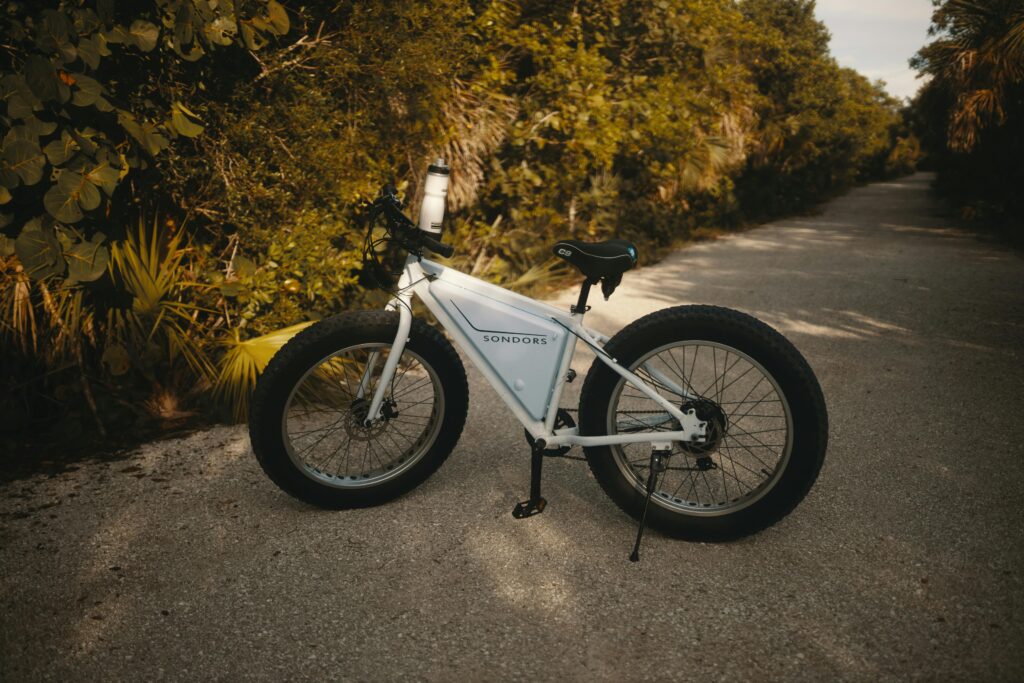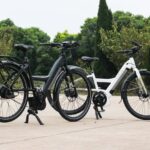Electric bicycles (e-bikes) have gained significant popularity in recent years, providing an eco-friendly and efficient way to navigate through cities, rural areas, and bike trails. In Florida, a state known for its warm weather and extensive network of outdoor activities, many cyclists are curious about whether e-bikes are allowed on bike trails. The answer, while generally affirmative, depends on the type of trail and local regulations. Below is an in-depth exploration of the rules, regulations, and considerations for using electric bicycles on Florida bike trails.
Florida’s Approach to E-Bikes

Florida, like many states, has seen a surge in the use of electric bicycles due to their convenience and environmental benefits. Electric bicycles are generally classified into three categories, with varying levels of assistance:
- Class 1: E-bikes that provide assistance only when pedaling, with a maximum speed of 20 mph.
- Class 2: E-bikes equipped with a throttle to propel the bike, also with a maximum speed of 20 mph.
- Class 3: E-bikes that provide assistance only when pedaling, with a maximum speed of 28 mph.
In Florida, state law governs where and when e-bikes can be used. According to Florida Statutes (specifically Chapter 316, which covers the operation of vehicles on highways), e-bikes are treated similarly to regular bicycles, provided they fall within certain specifications, such as being limited to 20 mph (for Class 1 and Class 2 bikes) or 28 mph (for Class 3 bikes). This generally allows them to be used on bike paths, multi-use trails, and certain public roads where bicycles are permitted.
Regulations for E-Bikes on Bike Trails
Most Florida bike trails are designed for non-motorized use, which typically includes regular bicycles, pedestrians, and sometimes inline skates or rollerblades. However, the use of e-bikes, particularly electric-powered ones, has raised questions regarding their impact on the environment and safety of traditional cyclists and pedestrians. Local regulations often vary based on the type of trail, its specific location, and the trail’s purpose.
- State Parks and Trails: Florida’s state parks and managed trails typically allow e-bikes, but it’s important to check specific park regulations. For example, many trails within state parks, such as the Florida Greenways and Trails System, allow Class 1 and Class 2 e-bikes. Class 3 e-bikes may be restricted or require additional permissions due to their higher speeds, which could pose safety risks in certain areas.
- Local Regulations: Municipalities or counties within Florida may have their own rules concerning e-bikes on local trails. For instance, trails within urban parks, like the Miami Beach Boardwalk or Fort Lauderdale’s Riverwalk, often have separate rules for e-bikes. Some cities have designated specific lanes for e-bikes, while others may restrict them to specific trails or park areas. It’s important to familiarize yourself with local ordinances before heading out.
- Multi-Use Trails: Many multi-use trails, which are designed for a variety of users (e.g., walkers, cyclists, and joggers), do allow e-bikes, especially Class 1 and Class 2 models. These trails, such as those found in places like the Pinellas Trail, have generally adopted regulations that accommodate e-bikes because they promote alternative, eco-friendly transportation. However, it’s important to maintain awareness of other trail users, as the presence of motorized bicycles can sometimes pose challenges for pedestrians or slower cyclists.
- Protected Natural Areas: Some of Florida’s more ecologically sensitive areas, such as those around wildlife reserves or pristine ecosystems, may have stricter guidelines. The use of e-bikes may be restricted or prohibited in these areas to minimize disruption to the environment and wildlife. In these cases, users are encouraged to stick to designated paths or routes where bicycles of all kinds, including e-bikes, are permitted.
Safety and Considerations
Even when e-bikes are permitted on Florida bike trails, it is important to consider safety and etiquette. The increased speed of e-bikes, particularly Class 3 models, may pose risks to pedestrians or slower cyclists, especially on narrow or crowded trails. As such, users of e-bikes are encouraged to:
- Stay in control: Maintain a safe and moderate speed, especially in areas with heavy foot traffic or tight corners.
- Be considerate: Yield to pedestrians and slower cyclists and alert others when passing.
- Follow trail-specific rules: Always adhere to posted signage and any specific regulations for e-bike use on each trail.
- Wear proper safety gear: Use helmets, and consider additional protective equipment for safety, especially if riding a Class 3 e-bike.
Conclusion
Electric bicycles are generally allowed on Florida bike trails, provided they meet the state’s specific classifications and local regulations. E-bike users should familiarize themselves with both state and local rules and be considerate of others on the trails. With a growing infrastructure that accommodates these bikes, Florida offers a fantastic environment for enjoying the outdoors on two wheels. However, safety, courtesy, and adherence to trail regulations are essential for ensuring that e-bike use remains a positive experience for all.










